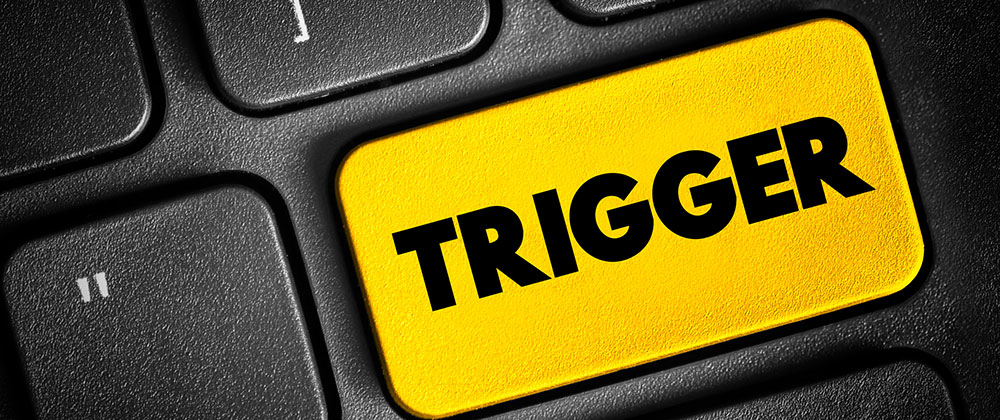The Different Florida CGL Policy Triggers
An insurer’s obligations under a commercial general liability policy (which is typically an “occurrence” based policy) is “triggered” depending on whether the damage occurred during the policy period.
Different jurisdictions—including whether the case is in state or federal court—follow different trigger theories. Knowing which trigger applies is essential to understand which parties have coverage and to avoid “pleading yourself out of coverage.” For example, if the damage from a claim occurred during, but was discovered after, the policy period, the policy could potentially cover the claim if the jurisdiction follows “the injury-in-fact” trigger. On the other hand, if the “manifestation” trigger applies, the claim would fall outside of the policy period and therefore not be covered. Where a professional liability policy is involved, the date of the occurrence is immaterial, as coverage depends on whether the carrier is notified of the claim during the policy period. If the policy has expired at the time of notification, the claim is not covered unless there is “tail” coverage, which covers a claim arising during the policy period, but reported within a predetermined period of time following lapse of coverage. Conversely, where the damage occurred in the past (even years earlier) there may be coverage under an existing policy.
As one author has noted, trigger is simply “a label for the event or events that under the terms of the insurance policy determines whether a policy must respond to a claim in a given set of circumstances.”[1] Where an event causing damage occurs at the same time as the resulting harm, the policy in effect at that time would cover the loss. However, in cases involving progressive damage (such as water damage) from defective work, which is hidden, occurs over an extended period of time, and is not discovered until much later, which policy covers the claim? The one in effect when the defective work was performed? The one in effect when the damage first started? The one in effect when the damage was first discovered? The ones in effect when the work was done and the damage first discovered? Or the ones in effect throughout the period of time from when the work was performed through when the damage was discovered? The answers to these questions depend on which “trigger” of coverage applies. Courts construing similar facts under identical policy language have reached vastly different conclusions on coverage depending on which trigger governs.
There are four generally accepted trigger of coverage theories: exposure, manifestation, continuous trigger, and injury-in-fact. Under the exposure trigger, damage occurs when exposure to the causative event takes place and not when the damage or injury becomes evident. In defect cases, this would correlate to when the negligent or deficient work or services were performed. Under the manifestation trigger, regardless of when the defective work was performed or the resulting damage occurred, coverage applies when the damage “manifests” itself or is discovered. Pursuant to the continuous trigger theory, all policies from initial exposure through manifestation of damage are on the risk. Finally, unlike the other theories of coverage, the actual injury or injury-in-fact trigger instead focuses on when the injury or damage actually occurs.
In Florida, the law has been less than clear on which trigger applies. Multiple courts have suggested that the manifestation trigger applies, while others have applied what appears to be the exposure trigger. Still other courts have applied the injury-in-fact trigger. And, at least one court has recognized the continuous trigger. As aptly noted by several insurance commentators, “determining whether the triggering event has occurred during the policy period is not always a simple matter.”[2] Given the lack of any definitive statement on the issue by the Florida Supreme Court, there is no certainty in how the issue will be decided by Florida’s lower courts, and the outcome may depend entirely on in which jurisdiction the claim is brought. If you are in state court, it would depend on which District Court of Appeal (“DCA”) the trial court sits in since it is bound to follow the controlling appellate decisions in that DCA, If, on the other hadn, you are in federal court in Florida, the district court (trial court) is bound to follow binding precedent form the Eleventh Circuit Court of Appeal which follows the injury-in-fact trigger. Cases applying the injury-in-fact trigger suggest that, consistent with the language and intent of a standard CGL policy, this trigger is more appropriate for determining coverage for property damage, and is likely the direction the state courts in Florida are heading once the issue is ultimately decided by the Florida Supreme Court.
To learn more about Florida CGL policy triggers, contact Florida construction mediator and lawyer Gary L. Brown at (954) 370-9970 or (954) 448-1133.
[1] Robert D. Fram, End Game: Trigger of Coverage In The Third Decade Of CGL Latent Injury Litigation, 454 Practicing L. Inst. 9 (1993).
[2] 7 Couch on Insurance § 102:21 (3d ed., current through 2009).

